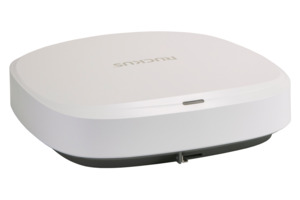Outdoor WiFi refers to wireless network connectivity solutions designed specifically for outdoor environments such as parks, stadiums, campuses, and outdoor public spaces.
Weatherproofing: outdoor wifi access points (APs) and equipment must be weatherproof to withstand harsh environmental conditions such as rain, wind, extreme temperatures, and UV exposure. Enclosures should be designed to prevent water ingress and protect against dust and debris.
Coverage and Range: Outdoor WiFi networks typically require greater coverage and range compared to indoor networks to provide seamless connectivity across large outdoor areas. Access points with high-gain antennas and directional antennas may be used to extend coverage and reach distant areas effectively.
Mesh Networking: In scenarios where running Ethernet cables for each access point is impractical, mesh networking technology can be employed. Mesh networks allow WiFi signals to hop from one access point to another, extending coverage without the need for wired connections between each AP.
High Performance: Outdoor WiFi networks should deliver high performance and throughput to support bandwidth-intensive applications and a large number of concurrent users. This requires deploying access points with advanced features such as dual-band (2.4 GHz and 5 GHz) operation, MU-MIMO (Multi-User Multiple Input Multiple Output), and beamforming.
Security: Security is paramount for outdoor WiFi deployments to protect against unauthorized access, data breaches, and cyber threats. WPA3 encryption, secure authentication mechanisms such as 802.1X/EAP (Extensible Authentication Protocol), and guest access controls should be implemented to safeguard the network and user data.
Scalability: Outdoor WiFi networks should be scalable to accommodate future growth and expansion. This involves deploying a scalable architecture with centralized management capabilities to easily add new access points, adjust configurations, and monitor network performance from a central location.
Power Considerations: Outdoor access points may require Power over Ethernet (PoE) or alternative power sources such as solar panels or DC power supplies, especially in locations where access to electrical outlets is limited or unavailable.
Regulatory Compliance: Outdoor WiFi deployments must comply with local regulations and standards governing wireless communications, radio frequency (RF) emissions, and outdoor installations. This includes obtaining necessary permits and approvals from regulatory authorities.
By considering these factors and deploying outdoor WiFi solutions that meet the specific requirements of the environment, organizations can provide reliable, high-speed wireless connectivity to users across outdoor spaces, enhancing productivity, collaboration, and user experience.
For more info. visit us:.





Comments